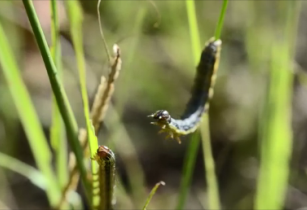The international experts have produced a comprehensive integrated pest management (IPM) guide to combat and tackle the spread of voracious fall armyworm (FAW) across the African continent
In 2016, an invasive crop pest called FAW was first confirmed in Africa. Native to the Americas, FAW aims to feed on 80 different crop species including maize, a staple food consumed by more than 300mn African smallholder farm families. The crop pest has since been found in more than 30 African countries, posing a significant threat to food security, income and livelihoods.
If proper control measures are not implemented, the pest could cause extensive maize yield losses, estimated between US$3.6bn and US$6.2bn per year across the 12 major African maize producing countries, according to Centre for Agriculture and Biosciences International (CABI).
‘Fall Armyworm in Africa: A Guide for Integrated Pest Management’ was jointly produced under the US government’s Feed the Future initiative by the United States Agency for International Development (USAID), the International Maize and Wheat Improvement Centre (CIMMYT) and the CGIAR Research Programme on Maize (CRP MAIZE).
To mitigate potential damage from the FAW outbreak in Ethiopia, the Feed the Future Value Chain Activity is working with the government and the private sector to train agricultural extension staff and farmers in Fall Armyworm identification and control.
More than 200 development agents have been trained so far, and these experts are now replicating the training to hundreds more. The project is also coordinating a mass awareness campaign to provide major mitigation information directly to farmers in appropriate local languages. Additional partnerships with CIMMYT, CropLife Ethiopia and other private sector entities will focus on seed input supply, spray service providers and additional research on how to best minimise crop damage caused by FAW.





